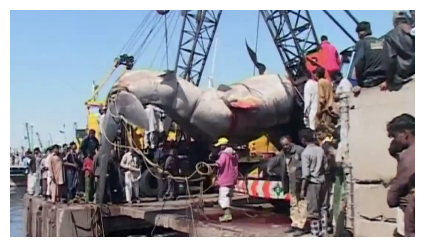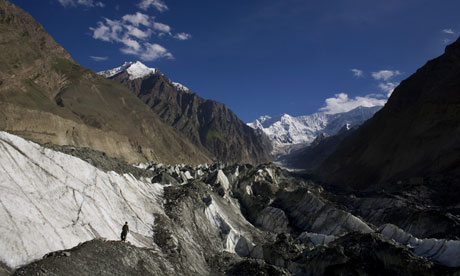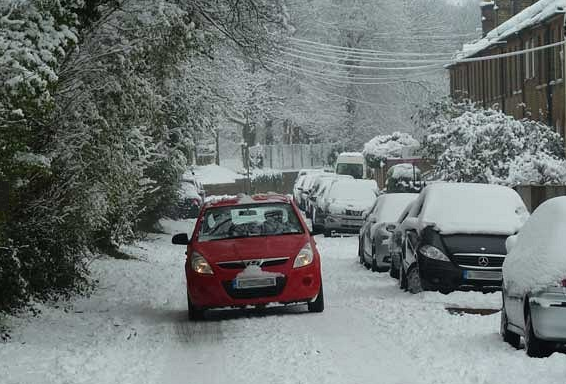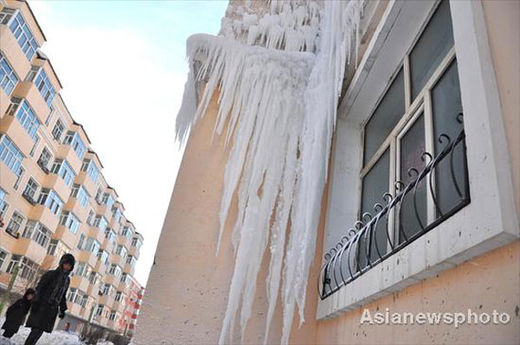
© Screengrab via ITNNewsTwo cranes pull a whale shark onto a pier in Karachi.
Video of a dead whale shark being pulled from the sea off of Pakistan raises more questions about the school-bus-size fish's demise than it answers, scientists say.
Pakistani newspaper
The Express Tribune posted video on Tuesday (Feb. 7) of a crane hauling a whale shark carcass onto a pier in Karachi. According to the newspaper, the owner of the nearby Charai Fishery, spotted the animal floating "unconscious" 10 days earlier, 93 miles (150 kilometers) from the fishery.
But sharks don't fall unconscious, said Bob Hueter, the director of the Center for Shark Research at Mote Marine Laboratory in Florida. And if they stop swimming for any reason, they aren't likely to bob along with the currents.
"If and when they die, they don't float, they sink," Hueter told LiveScience. "So to have one just kind of wash up is very rare. I can only think of a few cases over the years around the world where this is happened."
It's impossible to tell from the video and news stories what really happened to the whale shark, said Jennifer Schmidt, a biologist at the University of Illinois at Chicago who studies whale sharks.


